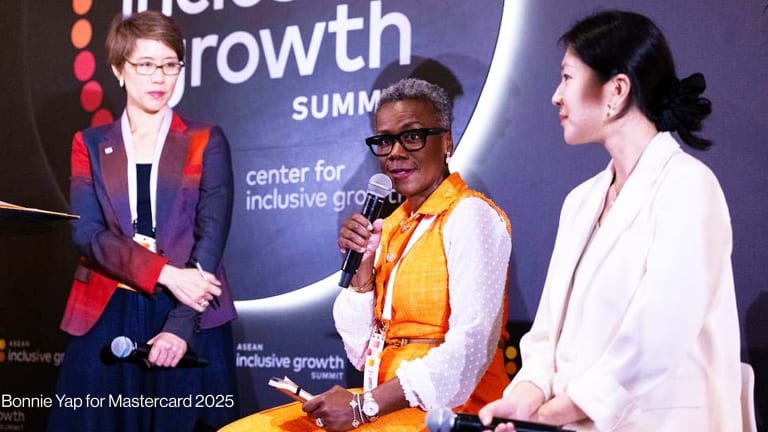NAIROBI — Monitoring and evaluation has become ever more central to global development work, helping to ensure that programs are as effective as possible, and that lessons are learned.
But that same efficiency doesn’t always apply to monitoring systems themselves, with organizations often gathering too much data that isn’t relevant to their core decision-making, according to an IDinsight presentation at the Global Schools Forum Annual Meeting in Nairobi, Kenya, last week.
Companies, NGOs, and social enterprises should be selective in choosing their metrics, said Penny Davis, associate director of the company’s East Africa portfolio.
This story is forDevex Promembers
Unlock this story now with a 15-day free trial of Devex Pro.
With a Devex Pro subscription you'll get access to deeper analysis and exclusive insights from our reporters and analysts.
Start my free trialRequest a group subscription







